Meiji Jingu, Part 2
Apparently, this weekend’s holiday stretch served for some as the year’s Shichi-Go-San (“7-5-3,” literally) celebrations, where 3- and 7-year-old girls and 5-year-old boys are dressed in kimono (the boys’ are called hakama), given special candies, and brought to shrines to pray for their long life and success. Officially on November 15th, it is possible to celebrate the tradition a bit early or late; there was a lot of evidence of families getting it done a bit late.

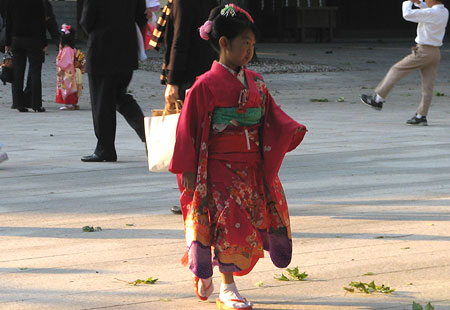




We also saw some weddings in progress. The bride and groom would follow the priests and shrine maidens leading a procession of family across the center of the shrine every so often–a very public kind of wedding. This is a common thing at the shrine; you see them all the time. It led me to wonder how much it costs to get married there; there are no reports on cost that I can find on the ‘net.
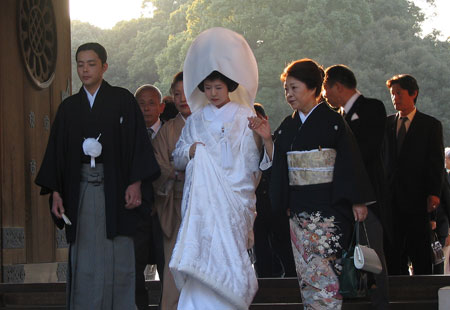

| That’s mom holding the bride’s hand. |
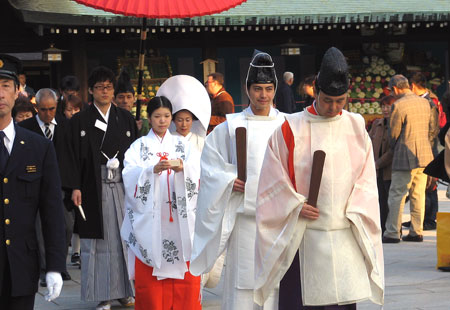

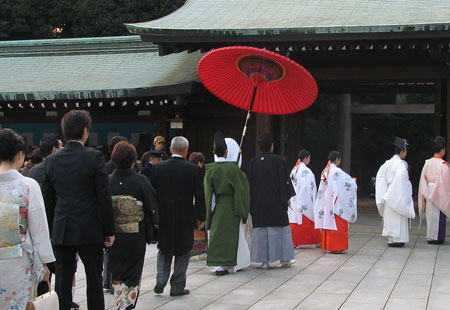
Here are other miscellaneous images from the shrine:

| When you enter a shrine in Japan, you’re supposed to wash your hands in a little purification ritual. Wash one hand with the other, then reverse, then take a sip of the water (usually people pour into their hands first, then sip). |
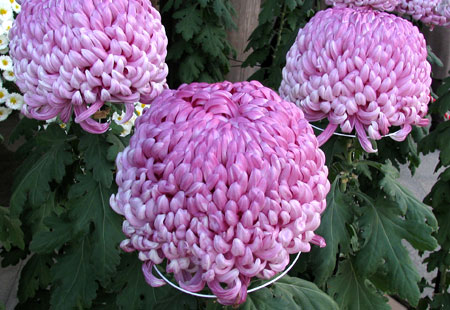
| Chrysanthemums on display; there were a lot there, in kind of a show or something. The Chrysanthemum represents the imperial family in Japan. |
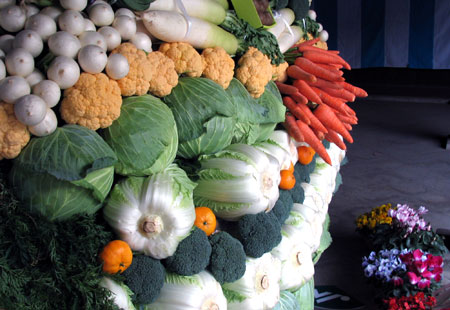
| There was also some kind of produce festival going on, with giant heaps of vegetables and various farm produce from different prefectures around Japan. |
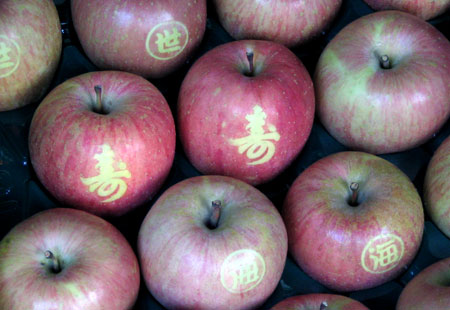
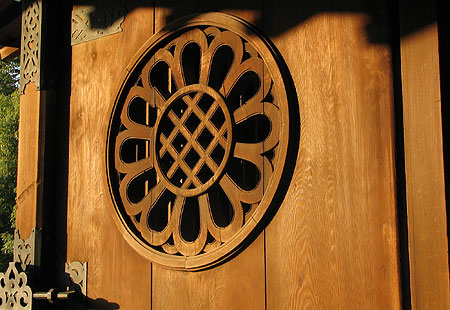
| Beautiful woodwork on the shrine doors, caught just right in the late afternoon sunlight. |
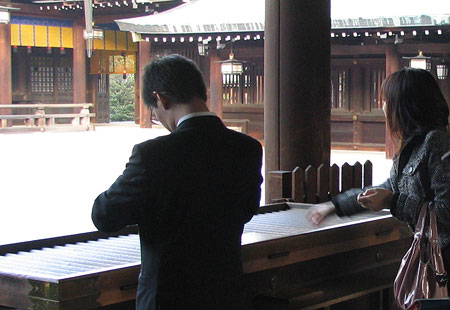
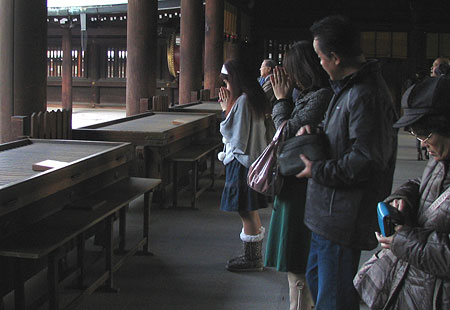
| The deepest area of the shrine visitors come to always have the money boxes; you throw in your coins, clap your hands twice, then pray. For the three days at New Year’s, Meiji Shrine is swamped. A special train platform that leads directly into the park is opened, and the crowds are dense for the whole time. It is so hard to get past the crushing throngs at the very front where the money boxes are, many people simply give up trying, and instead toss their coins from several meters back. The shrine lays out tarps around the money boxes to catch the excess, but you have to assume that a lot of people near the front get pelted with coins on the backs of their heads. |

| The south gardens, requiring a ¥500 yen fee to enter. |

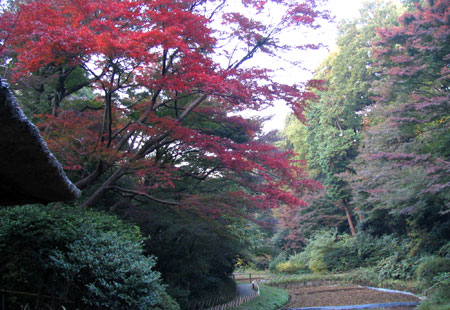
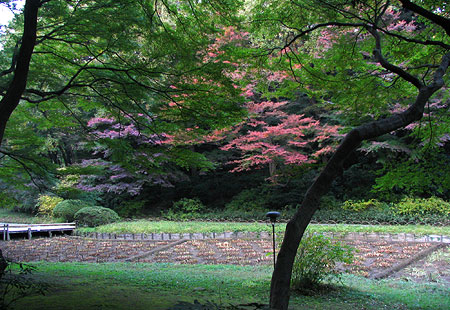
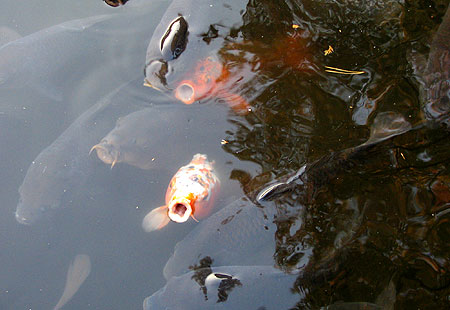
| Carp in the south garden lake. These things grow to huge sizes. Conditioned to receive food from humans, they cluster when they sense anyone walking up, their gaping maws shoved out above the water in the hopes that some morsel-tossing human has good enough aim. |

That’s more than enough for one post. I’ll post Part 3 soon, with some images from after the shrine visit.
